Tehran/Jerusalem/Washington — With the ink barely dry on the U.S.-brokered ceasefire that paused a brutal 12-day war, Iran’s top military commanders are warning that a return to war is not a question of if, but when. Behind the hardened rhetoric lies a region teetering on the edge, where mistrust, unchecked militarism, and unresolved grievances have left the Middle East on a short fuse.
In an ominous statement Thursday, Major General Mohammad Pakpour, commander of the Islamic Revolutionary Guard Corps (IRGC) Ground Forces, declared Iran is ready to resume military operations “from exactly where it stopped.” Speaking beside Iran’s Army Chief, Major General Amir Hatami, the IRGC leader claimed the recent war had “exposed the enemy’s weakness” and “proven the will of the Iranian people cannot be defeated.”
“We will not let the aggressors off the hook,” Pakpour said. “If attacked again, the response will be immediate and uncompromising.”
These statements, coming just weeks after Israel’s unprecedented bombing of Iranian cities and the United States’ controversial strikes on nuclear infrastructure, signal a dangerous breakdown in deterrence and a region locked in cycles of escalation.
A War Of Assassinations, Retaliation, And Information Warfare:
The conflict, which erupted after Israel’s June 13 assassination of several senior Iranian commanders and nuclear scientists in coordinated strikes across Tehran, Tabriz, and Isfahan, was described by one Iranian official as “the most direct and deliberate act of state terror in a decade.”
“This wasn’t war, it was murder cloaked in geopolitics,” said Mohammad Javad Esmaili, a Tehran-based political analyst and former diplomat. “It aimed to break Iran’s command structure and provoke retaliation. It succeeded in both.”
According to Iran’s Ministry of Health, at least 46 civilians were killed in the initial Israeli attacks, including four children and two medical staffers at a damaged hospital in Isfahan. The United Nations has yet to independently verify these claims, citing restricted access to targeted sites.
The Israeli government has refused to confirm or deny its role, but senior officials have hinted that the strikes were “a necessary act of pre-emption.” Speaking to Haaretz, one Israeli defence official anonymously stated: “The aim was to disrupt command and control, and delay the nuclear clock. We expected retaliation, but not at this scale.”
The retaliation came swiftly: hundreds of Iranian ballistic missiles and drones swarmed Israeli air defences in what Tehran dubbed Operation True Promise 3. According to regional media, at least 27 Israeli military and strategic sites were struck, including cyber-intelligence centres in Herzliya and oil terminals near Ashkelon.
A leaked internal Israeli Defence Forces (IDF) report published by Yedioth Ahronoth admits that some critical facilities were “severely compromised,” contradicting initial government claims that all threats were “intercepted.”
“Iron Dome was overwhelmed. Our preparedness was not where it should’ve been,” said a retired IDF colonel, speaking anonymously to The Guardian. “Iran exploited a blind spot. That should terrify decision-makers.”
Al-Udeid Air Base And The U.S. Role:
The war’s most significant escalation came when Iran launched missiles at the Al-Udeid air base in Qatar, home to thousands of American troops and the U.S. Central Command forward headquarters.
While the Pentagon initially downplayed the attack, a classified U.S. intelligence memo leaked to Newsweek confirms that several aircraft were damaged and two service members sustained injuries. The memo also questions the legality of the U.S. strikes on Iran’s nuclear sites, noting that they may not have received full congressional oversight.
Pentagon spokesman Sean Parnell dismissed the leak, posting on X: “The credibility of the Fake News Media is similar to that of Iran’s nuclear sites, reduced to rubble.”
But nuclear experts disagree.
“Natanz and Isfahan were damaged, yes, but far from obliterated,” said Dr. Jeffrey Lewis, director of the East Asia Non-proliferation Program at the Middlebury Institute. “Fordow was hit hard, but centrifuge production could resume within six months unless diplomatic channels are revived.”
Eyewitnesses: “We Were Just Civilians.”
For civilians caught in the crossfire, the war’s scars are raw.
“We were at the university when the blast came,” said Laleh F., a 23-year-old student in Isfahan, describing the U.S. bombing of a nearby nuclear facility. “The building shook. Windows shattered. One of my classmates was hit by flying glass. We were not part of any nuclear program. We were just civilians.”
Human rights organisations have called for an independent investigation into the strikes. Human Rights Watch’s regional director, Sarah Leah Whitson, told Al Jazeera:
“Whether Israel or the U.S. intended to kill civilians or not is irrelevant under international law. The pattern of strikes, especially on dual-use infrastructure, requires urgent scrutiny.”
Political Fallout And Nuclear Diplomacy In Tatters:
Iranian Foreign Minister Abbas Araghchi has slammed what he calls “Western duplicity,” insisting Iran will not return to negotiations “under coercion.”
“The U.S. walked away from the 2015 nuclear deal. It abandoned talks again in June and chose war. Now they demand Iran act responsibly?” Araghchi posted on X. “Iran has not closed the door to diplomacy, but we will not negotiate with a gun to our head.”
In Washington, officials insist diplomacy remains on the table. Speaking to Fox News, State Department spokeswoman Tammy Bruce said President Trump “expects Iran to act in its own best interest,” suggesting that “negotiations are the only sustainable path forward.”
But scepticism runs deep in Tehran.
“There is no trust left,” said Sadegh Zibakalam, a prominent Iranian political scientist. “Every time Iran talks, the West brings missiles. The war has only deepened the rift. Pezeshkian’s new government is walking a tightrope.”
President Masoud Pezeshkian, elected on a moderate-reformist platform, now finds himself navigating between hardliners in the IRGC and international calls for de-escalation. On Thursday, during a joint review of the armed forces, he remained largely silent on future diplomatic steps, focusing instead on “resilience and national unity.”
Activists: “Iran And Israel Must Step Back.”
Across the region, civil society groups are pleading for de-escalation. In Beirut, anti-war activist Huda Bazzi of Stop the War Coalition Lebanon said:
“It’s the people who suffer, whether in Tel Aviv, Tehran, or Gaza. The international community must pressure all sides to pull back, not just Iran.”
Bazzi criticised Western media for what she called “unbalanced narratives” that overlook the death toll and humanitarian fallout.
“There’s been no accountability for Israel’s initial strike. The assassination of scientists isn’t self-defence, it’s a war crime.”
Conclusion: Manufactured Escalation, Calculated Impunity And A Blueprint For Future Wars And Forced Normalisation.
The recent 12-day war between Iran, Israel, and the United States was not simply a security flare-up; it was a premeditated and politically choreographed campaign, designed not only to test Iran’s strategic depth but to reshape the regional balance of power through violence, coercion, and controlled chaos. What unfolded was not merely retaliation; it was rehearsal.
At its root, this war was engineered: Israel’s June 13 assassinations of Iranian commanders and scientists, across three cities in a coordinated strike, were a calculated provocation, not an act of self-defence. The U.S. bombing of Iran’s nuclear infrastructure days later, under the banner of “containment,” turned a bilateral clash into a proxy confrontation, escalated not to resolve conflict, but to rehearse future ones.
According to multiple analysts and officials, this conflict was a geopolitical litmus test, with at least three interconnected goals:
- To provoke Iran into a war that would justify further Western military entrenchment in the region.
- To pressure reluctant regional states toward accepting Washington and Tel Aviv’s framework for “normalisation” with Israel.
- To signal readiness to contain and confront the emerging Eurasian bloc, particularly China and Pakistan, by military means.
“This war was not just about Iran, it was about future wars,” said Vijay Prashad, director of the Tricontinental Institute for Social Research. “It was a laboratory for testing regional obedience, and a message to rivals from Islamabad to Beijing.”
Forced Normalisation By Bombs, Not Ballots:
At the heart of this geopolitical gamble lies the U.S.-Israeli push for normalisation treaties between Israel and the remaining Arab and Muslim states, with coercive force replacing diplomacy. With Saudi Arabia’s fragile detente with Israel under strain and popular opposition surging across the region, military pressure has emerged as the new instrument for diplomatic enforcement.
The message from Tel Aviv and Washington is clear: “Accept Israel as a permanent military and political hegemon, or face destabilisation.”
Iran’s resistance to this process is now portrayed by Western and Israeli media as a “regional threat,” rather than legitimate opposition to what many across the Global South see as the forced abandonment of the Palestinian cause.
“Normalisation today is not about peace, it’s about compliance,” said Huda Ammar, a Lebanese analyst with the Arab Centre for Research and Policy Studies. “The war was a warning: accept Tel Aviv’s dominance or be isolated, bombed, or sanctioned into submission.”
Even as Israeli warplanes bombed Damascus and Iranian cities, Western diplomats quietly floated new economic packages tied to security guarantees, designed to push Gulf and South Asian states to join the Abraham Accords 2.0. Leaked cables published by Middle East Eye suggest that Oman, Bahrain, and even parts of the Iraqi elite are under significant pressure from U.S. envoys to deepen ties with Israel under the guise of “post-conflict stabilisation.”
“This isn’t diplomacy. It’s blackmail with missiles,” said a former Iraqi foreign ministry official who asked not to be named. “Countries are being told: ‘Normalise, or be the next Iran.’”
A Proxy War Against China And Pakistan:
Beyond the Middle East, the conflict served as a strategic demonstration to China and Pakistan, two states increasingly intertwined with Iran’s economic and defence infrastructure. The China-Iran 25-Year Cooperation Agreement and Pakistan’s CPEC alliance with Tehran are seen by Washington and Tel Aviv as threats to Western primacy in the region.
“The war was not only punitive, it was preparatory,” said Lt. Gen. (ret.) Talat Masood, a Pakistani defence analyst. “It simulated tactics that could be applied in Balochistan or the Persian Gulf. The message to Beijing and Islamabad is clear: regional integration outside U.S. and Israeli terms will be met with force.”
Chinese officials were quick to condemn the strikes, warning that “U.S.-Israeli militarism is destabilising the Belt and Road region.” Beijing also offered to mediate peace talks, an offer rejected outright by Washington.
Meanwhile, Pakistan, a nuclear-armed power and historic Iranian partner, has quietly increased border deployments and surveillance flights over Gwadar, amid fears that any future confrontation with Iran could spill over into its own strategic territory.
An Escalation Normalised, A Region Held Hostage:
The clearest and most chilling outcome of this war is the normalisation of escalation itself. Assassinations, illegal airstrikes, cyberattacks, and targeted bombings of civilian infrastructure are no longer exceptions; they are the new diplomatic language of empire.
What this war normalised was not peace, but punishment. Not dialogue, but domination. And the so-called “post-conflict normalisation framework” being pushed across the region is not built on consensus; it’s being enforced through silence, surveillance, and strikes.
“What we are witnessing,” warned Kenneth Roth, former executive director of Human Rights Watch, “is the erosion of international law under the weight of geopolitical convenience. The region is being transformed not into a peace zone, but a compliance zone.”
The Real Danger: The War As Precedent, Not Aberration.
Unless confronted, the precedent of this war will haunt future conflicts: unaccountable assassinations, forced treaties, proxy escalations, and an international community too compromised to intervene. From Tehran to Beijing, Islamabad to Gaza, the lines are being drawn for a new era of confrontation, engineered not by accident, but by design.
This was not just a war on Iran. It was a war on multipolarity. A war on dissent. A war on any regional order not dictated by U.S. and Israeli interests. It was a test case for normalisation through force.
If the world allows it to pass without scrutiny, without justice, and without resistance, then the next war will not only be expected.
It will be planned.
Advertisements
Tags:


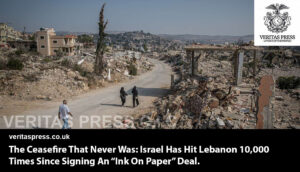




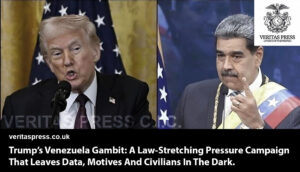
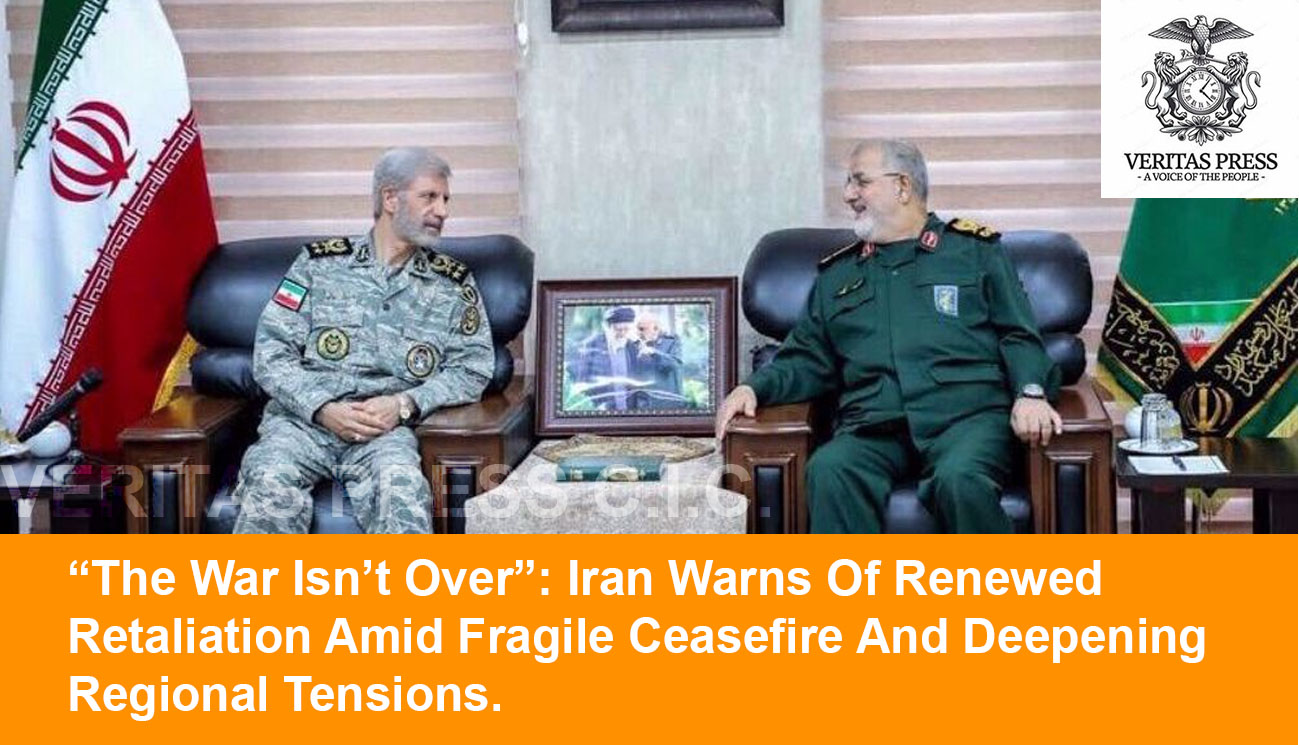


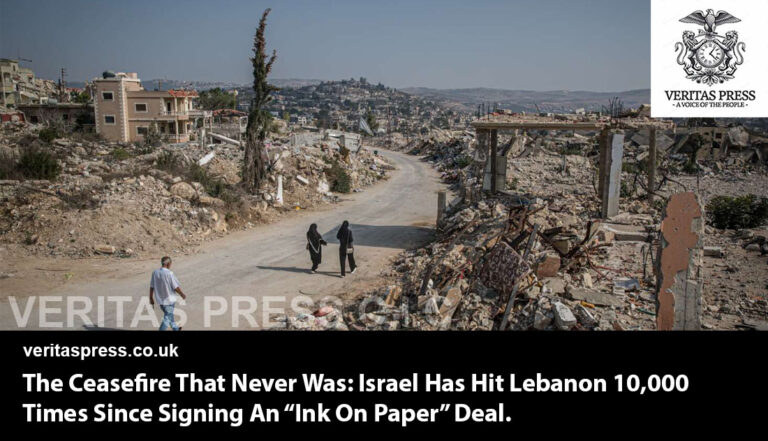






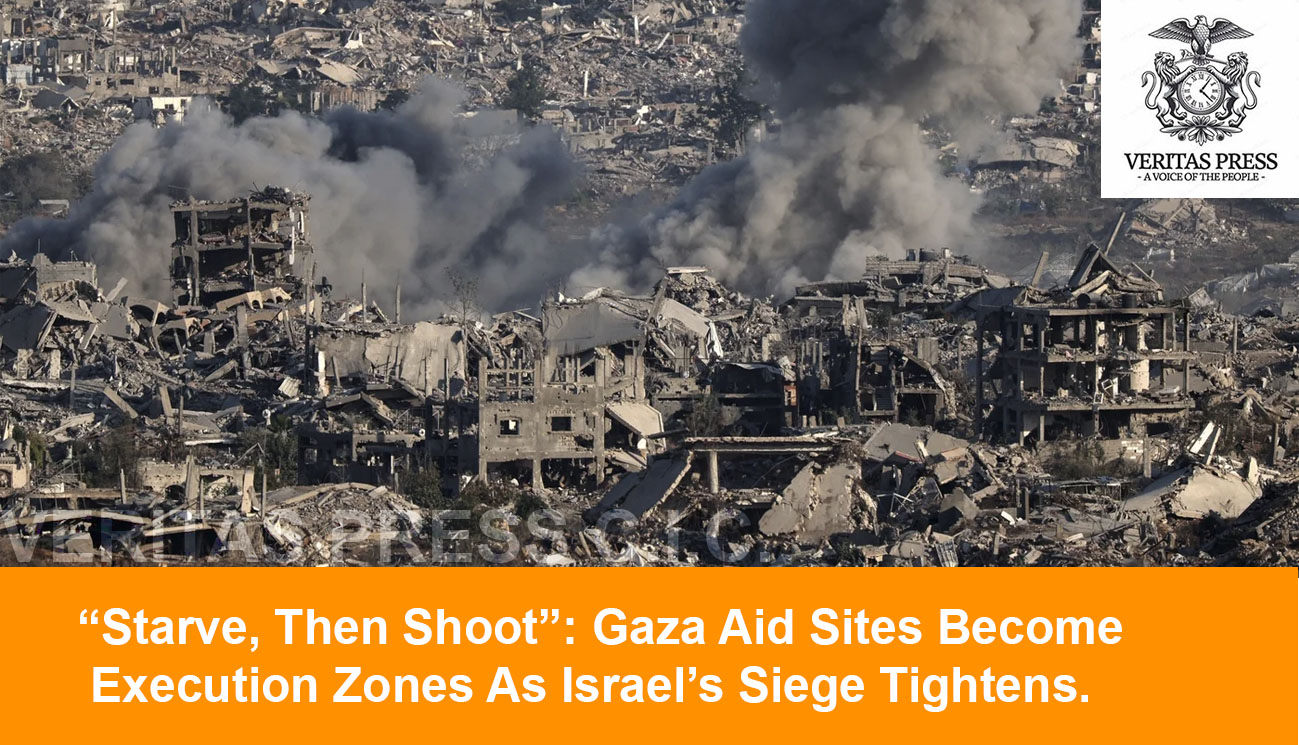
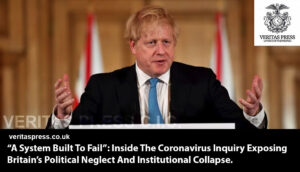










Leave a Reply